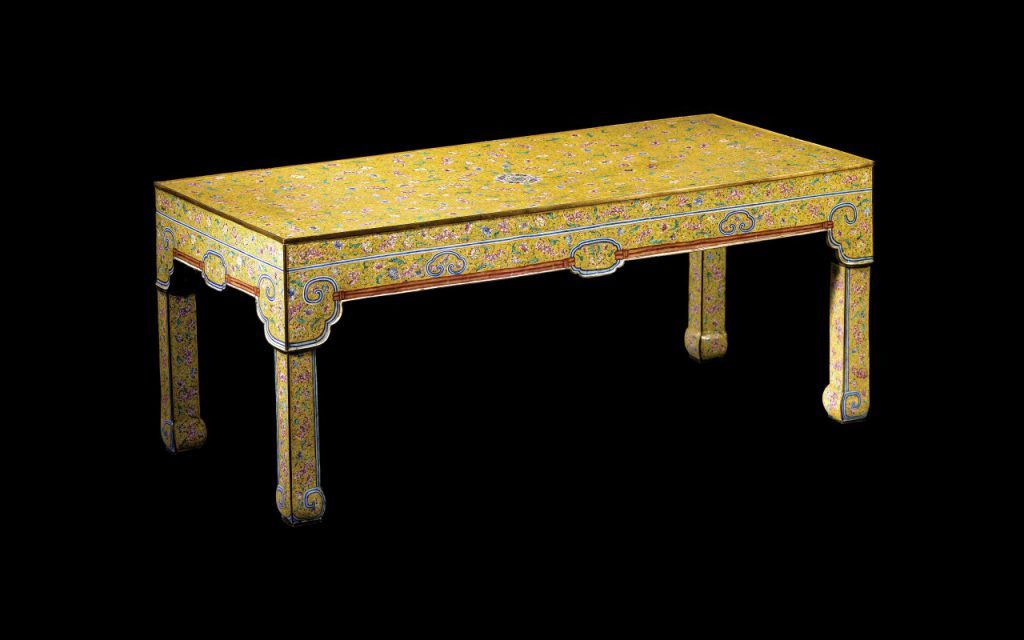Wikimedia UK is launching a landmark partnership with the UK-based Khalili Collections – one of the greatest and most comprehensive private collections in the world. Over the course of five decades, UNESCO Goodwill Ambassador Professor Nasser D. Khalili has assembled eight of the world’s finest art collections – each being the largest and most comprehensive of its kind. They comprise:
- Islamic Art (700-2000)
- Hajj and the Arts of Pilgrimage (700-2000)
- Aramaic Documents (535BC-324 BC)
- Japanese Art of the Meiji Period (1868-1912)
- Japanese Kimono (1700-2000)
- Swedish Textiles (1700-1900)
- Spanish Damascened Metalwork (1850-1900)
- Enamels of the World (1700-2000)
Together, the Eight Collections comprise some 35,000 works, many of which have been exhibited at prestigious museums and institutions worldwide.

As part of the “Masterpieces of the World” project, the Khalili Collections will initially release a thousand high resolution images on Creative Commons licenses, as well as summaries of its extensive research content relating to artwork and objects from around the world. The Collections plans to continue working with Wikimedia UK to further share knowledge about art on Wikimedia platforms and increase the visibility of cultures and art forms that are currently under-represented on Wikipedia.
“At Wikimedia, we are actively seeking to diversify our cultural content, and the Khalili Collections is one of the most geographically and culturally diverse collections in the world, spanning some two and a half millennia, with masterpieces from Europe, the Middle East, Scandinavia, East Asia, Russia, South Asia, North Africa and beyond”, said Lucy Crompton-Reid, CEO of Wikimedia UK. “We are proud to be partnering with one of the world’s great preservers of global cultural heritage”.
“We are delighted to be working with Wikimedia UK, undeniably a pioneer in delivering free access to cultural knowledge worldwide”, said Professor Nasser D. Khalili, Founder of the Khalili Collections. “The partnership is an important part of our wider, long-standing strategy to make the Collections – and the five decades of expert research dedicated to them – more accessible to art and culture lovers worldwide”.
Initial outputs from the partnership will include new Wikipedia articles on The Khalili Collections (an overview article has just been published and articles for the eight individual collections will be forthcoming), 1000 images which will be freely available for reuse, including on Wikipedia, metadata records about the images on Wikimedia Commons, and content from the collections being showcased on Wikipedia, Commons, and Wikidata.

To achieve this, the Khalili Collections will change the licence on 1,000 of its images from “all rights reserved” to CC-BY-SA. These are very high-quality images depicting treasures from non-Western cultures. Some use state-of-the-art high-resolution digitisation. KC will also freely licence some short summaries of the academic books it has published, allowing them to be used as the basis for Wikipedia articles.
In the longer term, we hope that the success of the initial pilot release of content will lead to further joint work sharing perspectives on the history of the world, as revealed through cultural treasures. Wikimedia UK recently published a report on the long-term impact of our Wikimedians in Residence who work at cultural and educational institutions, and we are looking at the potential of hiring a Wikimedian to work with the Khalili Collections to help make the most of the information and content that the KC is making available.
Wikimedia UK are very excited about this project, as it helps us to meet one of our main goals, to increase the diversity of the content and contributors to the Wikimedia projects. Digital inequality across the world means that Wikipedia is much better at representing the culture and history of European civilisations than those of other continents, and we hope that the release of content by the Khalili Collections will help Wikimedia to fill some of the gaps in its representation of the world.
We have a very long way to go in our quest to make an encyclopaedia which represents the breadth and diversity of the world’s history and culture, but partnerships like this are hugely important in making the art heritage of the world freely available to anybody with an internet connection.






